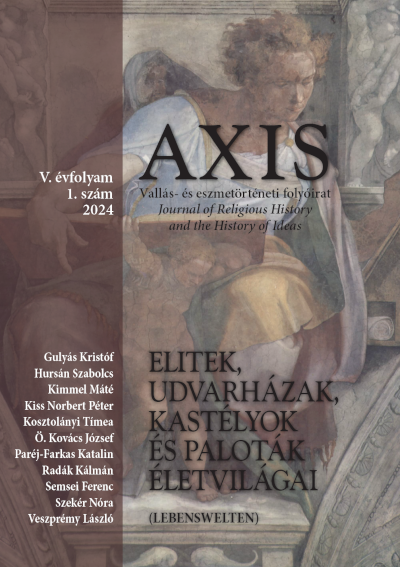Published 2024
How to Cite

This work is licensed under a Creative Commons Attribution 4.0 International License.
Abstract
In my thesis, I present the living conditions and coping strategies of prisoners in the infamous Markó Street Prison, built in 1892. My aim is not to present the history of the institution in detail, but to reconstruct the mental struggle of political prisoners to preserve their mental health and stay alive. The strategies offered by the numerous works on the subject — reminiscences and diaries — were classified using the 12 higher-order coping dimensions (problemsolving, information seeking, helplessness, escape, self-reliance, seeking support, delegating, isolation, accommodation, negotiation, subordination, confrontation) named by psychologist Attila Oláh, of which I present the results based on six categories.
I have attempted to apply Oláh’s coping dimensions, showing that these categories can be used to examine the writings of prisoners and detainees using interdisciplinary methods. At the same time, we can also ask a forward-looking question: have the different rules and regulations of the various penitentiary institutions had an impact on these dimensions?

